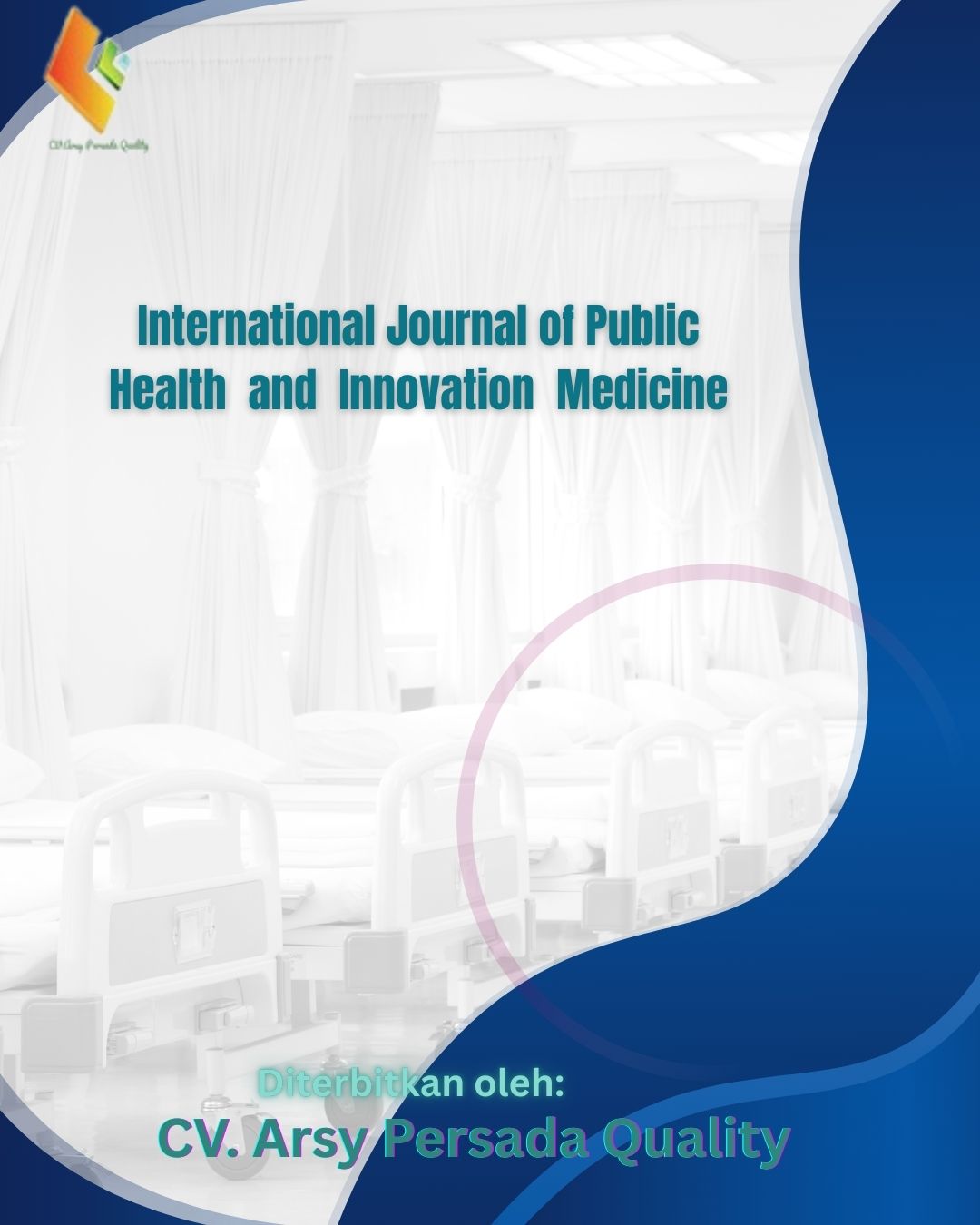THE RELATIONSHIP BETWEEN AIR QUALITY AND THE INCIDENCE OF UPPER RESPIRATORY TRACT INFECTIONS (URTIS) IN CHILDREN IN INDUSTRIAL AREAS
Keywords:
Air Pollution, URTI, Children, Industrial Zone, Environmental HealthAbstract
Industrial activity is known to contribute significantly to ambient air pollution, which poses a major risk to respiratory health, particularly in children. Objective: This study investigates the relationship between air quality (measured by PM2.5, PM10, SO2, and NO2 levels) and the incidence of Upper Respiratory Tract Infections (URTIs) among children aged 1–10 years in an industrial area. Methods: A cross-sectional design was employed, using air quality monitoring data and medical records from local health centers over a 12-month period. Results: Significant positive correlations were found between the levels of PM2.5 and NO2 and increased incidence of URTIs (r = 0.62 and 0.59, respectively; p < 0.01). Conclusion: Poor air quality in industrial areas is strongly associated with a higher prevalence of URTIs in children. Public health interventions and stricter environmental policies are recommended
References
Gauderman, W. J., Avol, E., Gilliland, F., et al. (2004). The effect of air pollution on lung development from 10 to 18 years of age. New England Journal of Medicine, 351(11), 1057–1067.
Pope, C. A., Ezzati, M., & Dockery, D. W. (2009). Fine-particulate air pollution and life expectancy in the United States. New England Journal of Medicine, 360(4), 376–386.
World Health Organization (2021). WHO global air quality guidelines: Particulate matter (PM2.5 and PM10), ozone, nitrogen dioxide, sulfur dioxide and carbon monoxide. Geneva: WHO.
Zhang, Y., Liu, X., Zhang, L., & Pan, Y. (2016). Association between air pollution and hospital outpatient visits for pediatric respiratory diseases in Shanghai, China. Environmental Science and Pollution Research, 23(12), 12235–12243.
Ministry of Environment and Forestry of Indonesia. (2023). Annual Air Quality Report. Jakarta: MoEF.
Bandura, A. (1986). Social foundations of thought and action: A social cognitive theory. Prentice-Hall.
Chen, X., Wang, Y., & Zhang, Y. (2021). The role of mobile health apps in improving adolescent nutrition: A meta-review. JMIR mHealth and uHealth, 9(3), e23456. https://doi.org/10.2196/23456
Chau, M., Burgermaster, M., & Mamykina, L. (2018). The use of mobile technologies for health promotion among adolescents: A systematic review. Journal of Adolescent Health, 62(4), 467–478.
Nour, M., Yeatman, H., & Kelly, B. (2019). Digital health interventions for improving diet and physical activity in adolescents: A systematic review and meta-analysis. BMJ Open, 9(6), e025047.
Nutbeam, D. (2000). Health literacy as a public health goal: A challenge for contemporary health education and communication strategies into the 21st century. Health Promotion International, 15(3), 259–267.
Sahoo, K., Sahoo, B., Choudhury, A. K., Sofi, N. Y., Kumar, R., & Bhadoria, A. S. (2015). Childhood obesity: Causes and consequences. Journal of Family Medicine and Primary Care, 4(2), 187–192.
Stephens, J., Allen, J., & Dennison, C. R. (2020). Mobile phone interventions to improve adherence in adolescents with health issues: A systematic review. JMIR Pediatrics and Parenting, 3(1), e12971.
van Dijk, J. (2020). The digital divide. Polity Press.
World Health Organization. (2020). Guidelines on physical activity and sedentary behavior. WHO.
Kemenkes RI. (2022). Profil Kesehatan Indonesia Tahun 2021. Kementerian Kesehatan Republik Indonesia. Retrieved from https://pusdatin.kemkes.go.id
Nutbeam, D. (2000). Health literacy as a public health goal: A challenge for contemporary health education and communication strategies into the 21st century. Health Promotion International, 15(3), 259–267. https://doi.org/10.1093/heapro/15.3.259
World Health Organization (WHO). (2019). Primary health care on the road to universal health coverage: 2019 global monitoring report. World Health Organization. Retrieved from https://www.who.int/publications/i/item/9789240029040
Setiawan, B., & Anwar, A. F. (2020). Determinants of clean and healthy lifestyle behavior in urban slum areas. Jurnal Kesehatan Masyarakat Nasional (National Public Health Journal), 15(2), 85–94. https://doi.org/10.21109/kesmas.v15i2.3562
Susilowati, I. H., & Sari, R. N. (2021). Community participation and PHBS behavior among urban households: A cross-sectional study. BMC Public Health, 21(1), 1–9. https://doi.org/10.1186/s12889-021-10291



